Every year brings new evolutions and trends to the smartphone market, and 2023’s can be boiled down to two heavy focuses: AI and foldables. Samsung found itself with several name competitors joining them in the premium foldable phone space this year, with Google and OnePlus jumping into the fray. Simultaneously, new AI innovations in smartphone photography and performance optimization helped push already notable devices one step beyond as AI continued to run into pitfalls outside of the device space. This year felt like one of truly big steps forward, ditching the turn of phrase as a platitude temporarily and signaling key paths of development that will surely receive heightened focus over the next few years. Even the mid-range smartphone space is firing on all cylinders, making for an exciting horizon as we head into 2024. We’re not there yet, though, so let’s run through Paste’s best smartphones of 2023.
Apple iPhone 15 Pro
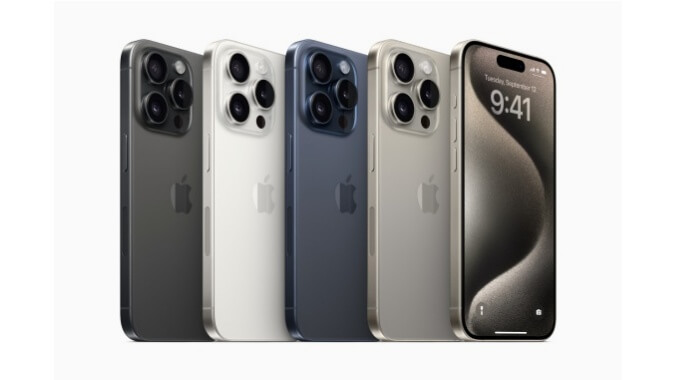
The iPhone Pro line always sheds light on where Apple is taking smartphone design when it takes its yearly turn across the company’s keynote stage. This year’s collection is the most complete, pro-grade phone package for areas the company has been heavily leaning toward in recent years. The new A17 processor and inclusion of USB 3 transfer speeds make the Pro and Pro Max a force for photography and videography, and new graphics tools cater to Apple’s push to advance mobile gaming further toward the AAA space. Users who don’t dedicate their phones to artistic or graphically-heavy endeavors would be fine with any of the iPhone 15 line, but the Pro 15 series feels like a marked jump in expanding what can be done with a smartphone.
Samsung Galaxy Z Flip5
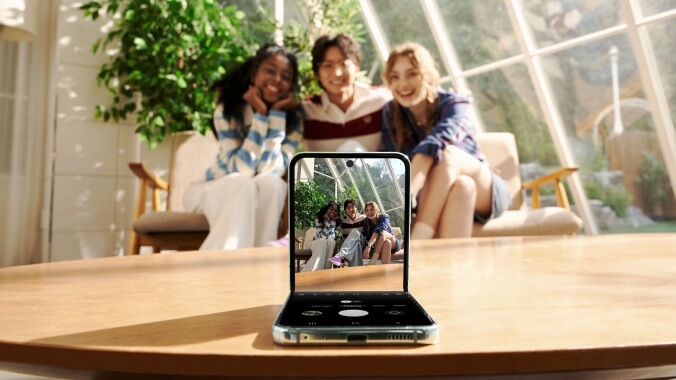
The Galaxy Z Flip5 is the best statement for Samsung’s desire to reinvigorate the flip phone for the smartphone world. Last year’s model felt solid, and 2023’s installment built on that to utilize its form factor and consumer focus in ways that truly set it apart from other smartphones. A lot of that comes down to the Flex Window external screen and its flexibility of use adding to the already wide array of use cases for the Flip5, but it also enhances the unique style factor that elevates the device over its peers. It just hits different when you have it in your hand. Check out our full review here.
Google Pixel Fold
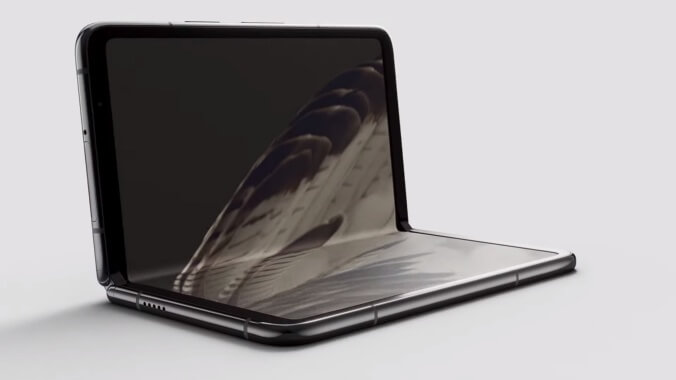
Google’s concerted effort to carve out its place in the smartphone market over the last three years took a major step forward when it became the second major player in the space to introduce a foldable phone this year, the Google Fold. The tech giant’s tablet-esque foldable immediately rose in profile for how it set itself apart from Samsung’s Galaxy Z Fold series: a wider external screen, solid cameras and photo-editing tools including Magic Eraser, Google’s proprietary Tensor G2 processor and comparable thinness and durability. Google’s Pixel strategy paid off supremely in 2023, and the Pixel Fold is poised to be a major player in the Android space.
Nothing Phone 2
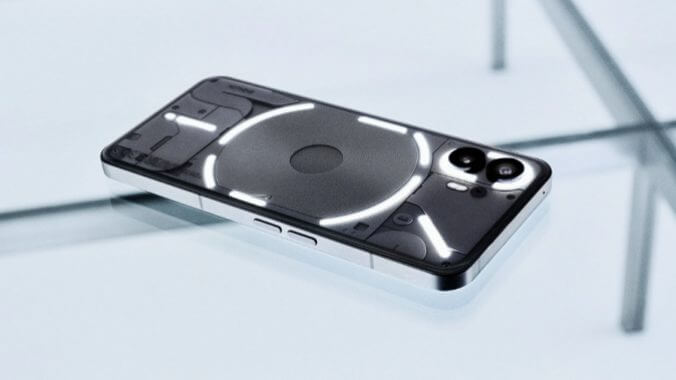
Nothing’s mission to reshape how we use our phones embodies many of the design choices implemented into its second smartphone offering. From silent timers and custom notification settings utilizing the striking light bars on the back of the device to the choice to alter app icon colors and customizable home screen widgets, the Nothing Phone 2 feeds into the idea of a phone that doesn’t demand your attention and tries to cut back on screen stimulation. Even with that ethos, the phone itself doesn’t skimp on screen quality, battery life or processing power, slotting it easily alongside Samsung’s and Google’s offerings in the mid-range smartphone market.
Samsung Galaxy S23 Ultra
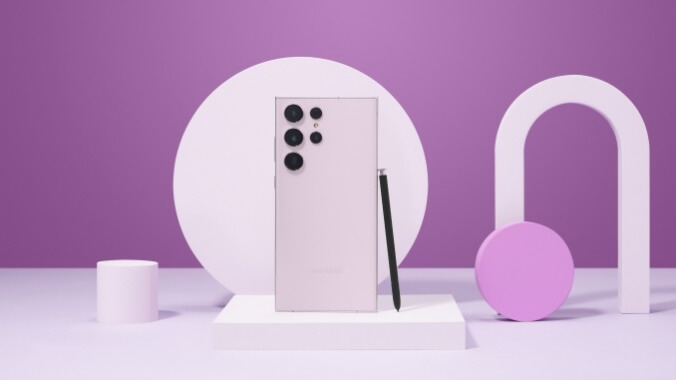
Who doesn’t love a well-designed chonky boy of a phone with a big screen and superb cameras? I deemed the Galaxy S23 Ultra Samsung’s best smartphone to date in my review of it earlier this year and I stand by it. Samsung’s partnership with Qualcomm for specific processors specifically for its devices is already paying dividends in terms of performance and powering innovations in camera sensor technology. The device’s connectivity across Samsung’s family of devices is smooth, S Pen integration remains on point and improved graphical performance makes the Galaxy S23 Ultra a player in an expanding mobile gaming space. Check out our full review here.
OnePlus Open
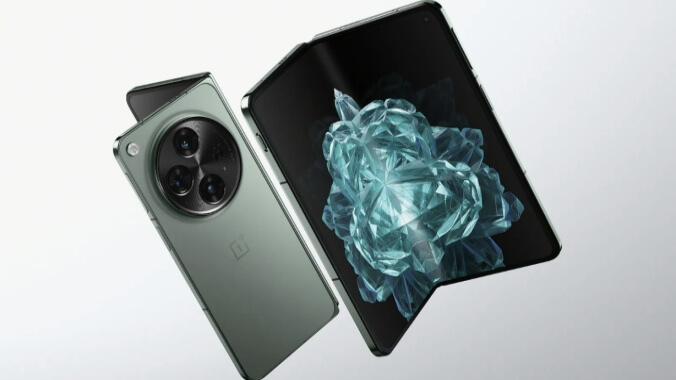
Google wasn’t the only Android smartphone maker to take its first step into the global foldable market this year. Enter OnePlus, one of the most celebrated smartphone developers over the last decade despite receiving less mainstream fanfare than fellow Android companies like Samsung and Google, with the OnePlus Open. It boasts a larger cover screen and battery than its competitors with competitive camera quality and OnePlus’ own proprietary Android-based operating system, OxygenOS 13.2. The company placed a lot of emphasis on durability too, claiming the Open can withstand one million folds. The device exhibits the advancements that OnePlus made to build itself into one of the highest-rated smartphone developers in the world and represents a major statement as the foldable market looks to expand even further in the coming years.
Google Pixel 8 Pro
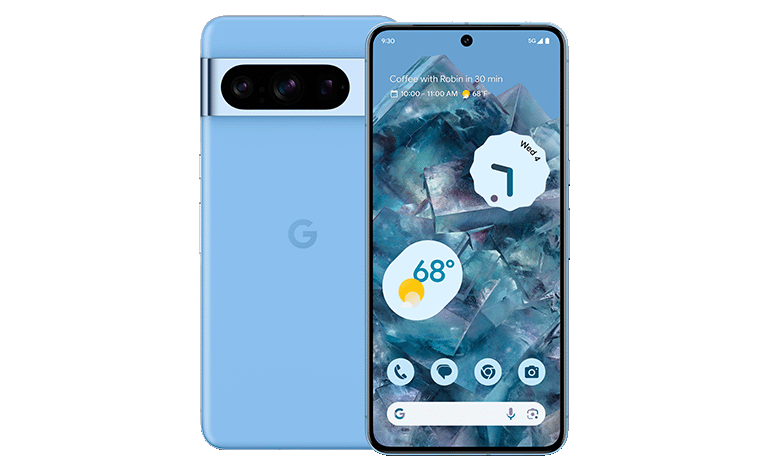
There has been a lot of chatter about AI in 2023, with many smartphone developers building out tools to utilize the tech to better optimize everything from photo quality to display refresh rates. The Google Pixel 8 Pro pushed those developments to the forefront of its marketing more so than its competitors at launch, highlighting several uses for AI that have more consumer appeal. Most of those tools manifest in photo and video quality and editing, but pairing those with one of Google’s best constructed smartphones to date keeps Google’s flagship device on the lips of the industry.
Samsung Galaxy Z Fold5
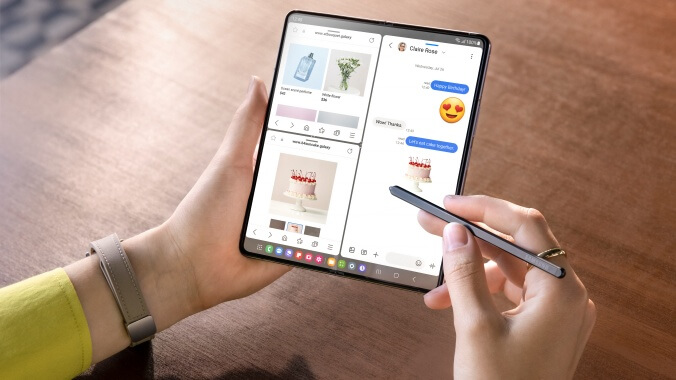
The expansion of the foldable phone market made Samsung’s signature foldable feel a little less special this year, but that doesn’t take away from its reputation as an engineering accomplishment. Yeah, the skinny external display is still a gripe and there wasn’t much to set it apart from last year’s Galaxy Z Fold4, but the redesigned hinge and introduction of Samsung-specific Qualcomm processors built on the Fold4’s hearty foundation. Battery life is better, photo and video quality is improved and the ability to shoot 8K video is a highlight. The Fold5 sets Samsung up well to meet its new challengers in the coming years. Check out our full review here.
Google Pixel 7a
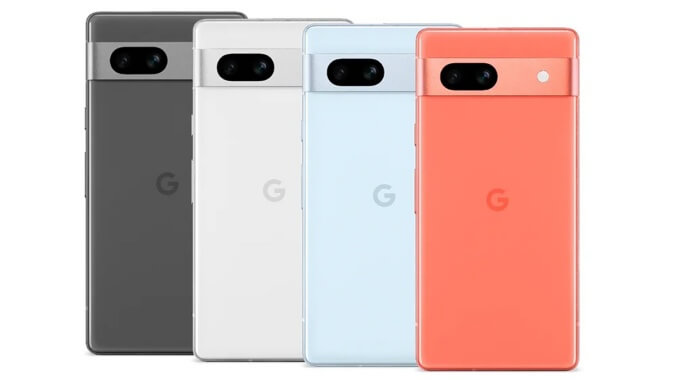
When it comes to mid-range smartphones, no one is doing it like Google. The Pixel 7a, much like its predecessors, gets the trickle-down treatment in terms of tools and innovation from its more expensive sibling, but it implements those well into a $500 phone that doesn’t feel like you’re making a big sacrifice in quality for the price. The device keeps Google’s reputation for top-tier cameras no matter the price point and adds wireless charging for the first time along with an improved always-on display. The Pixel 7a is the most complete mid-range Android phone available right now, a position that Google won’t look to relinquish.
Motorola Razr
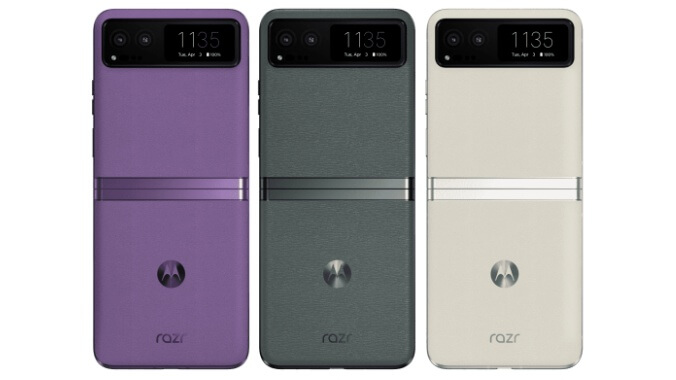
The originator of the flip phone in the early days of mobile phones isn’t letting that market return without having its say. Motorola’s reimagined Razr smartphone line has produced solid, reasonably-priced foldables in recent years, and 2023’s edition is the company’s best yet. While it doesn’t match up to the more spec-heavy (and doubly-priced) Galaxy Z Flip5, the Razr stands up to other mid-range devices in camera quality and performance with a poppy display that feels comparable to any other foldable. The key selling point of the Razr is its price, clocking in at $700 and making it the least expensive entry point for a quality foldable currently available. It shows just how flexible foldable development is getting as the form factor grabs more of a foothold in the market and proves that you don’t have to blow out your wallet to give them a shot.

